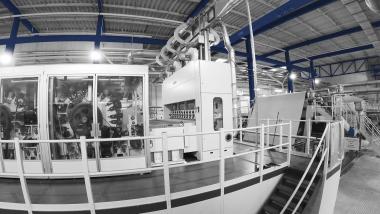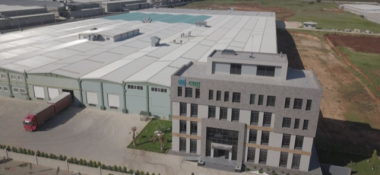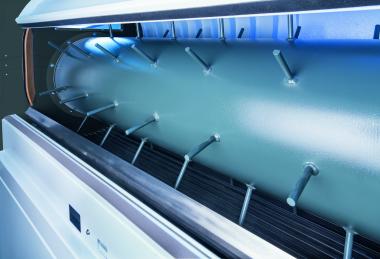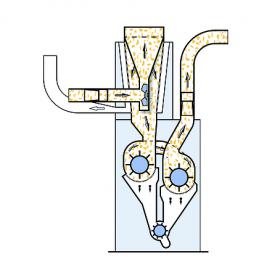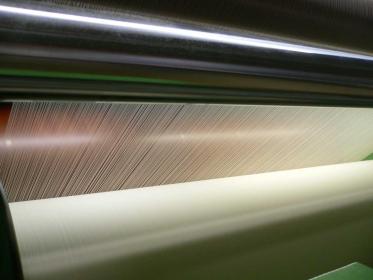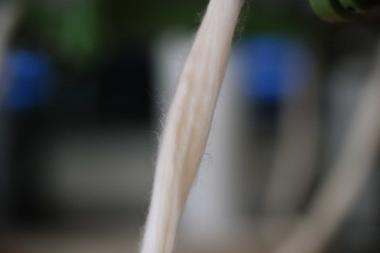Trützschler at SINCE/ANEX
The pandemic shows the importance of single-use nonwovens for disinfectant and other wipe application. Therefore Truetzschler focuses on both high-performance solutions for an efficient production of disinfectant and biodegradable wipe materials.
It’s the classic combination of polyester and viscose fibers which combines exceptional good wipe characteristics with affordable raw material costs. For such high-speed carding/spunlacing processes Truetzschler Nonwovens offers production line configurations with three roller cards. Such an extended carding section not only enhances web quality but also fully utilizes AquaJet’s spunlacing power to deliver up to 4 tons of nonwovens per hour.
Line concepts for eco-friendly baby and body wipes are another focus at booth 1J20. The latest hot topic: Truetzschler‘s proven CP (carded/pulp) nonwoven line concepts with built-in flexibility. The machinery is able to process various pulp types for the wet-laid layer and various fiber types for the carded layer.
Topics at SINCE also are technologies for pulp-based WLS (wet-laid/spunlaced) nonwovens, cotton nonwovens and nonwovens made from 100% viscose or lyocell fibers. Truetzschler Card Clothing introduces a new generation of condenser wires.
Trützschler Nonwovens


